- |
- |

Hungry for another serve of Super8? Unfurl your napkin and pour a glass of your favourite drop, as Bridget Noonan dishes up a tasting plate of eight excellent articles in the month of August.
For entrée, we whet your appetite by learning how to make collaboration click within teams. Main course doesn’t disappoint, covering artificial intelligence and audio branding. And to top it all off, some delicious insights into staying motivated for the long-term. So, loosen your belt for an eight-course degustation: it’s Super8 in August.
1. What makes collaboration click?
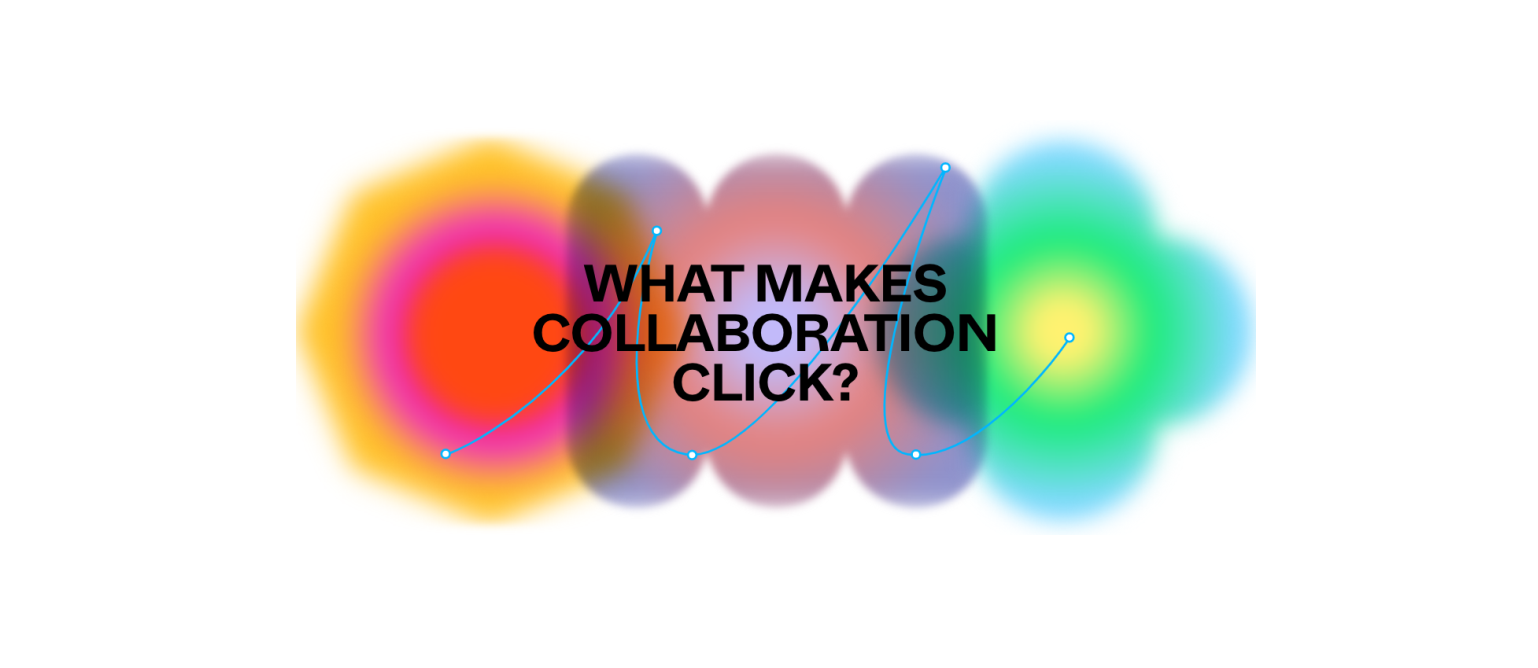
- Read the full article here.
- Created by: Cristen Torrey & Figma Research.
- Contributed by: Kurt Smith.
What does it take for people and teams to collaborate in harmony? Does working remotely mean we miss a tangible and important part of connectedness and innovation? The Figma Collaboration Report aims to identify gaps and empower people to improve their experience. It is indeed evident that collaborating well takes practice, repetition, and reflection.
2. The Stack Overflow 2022 developer survey.
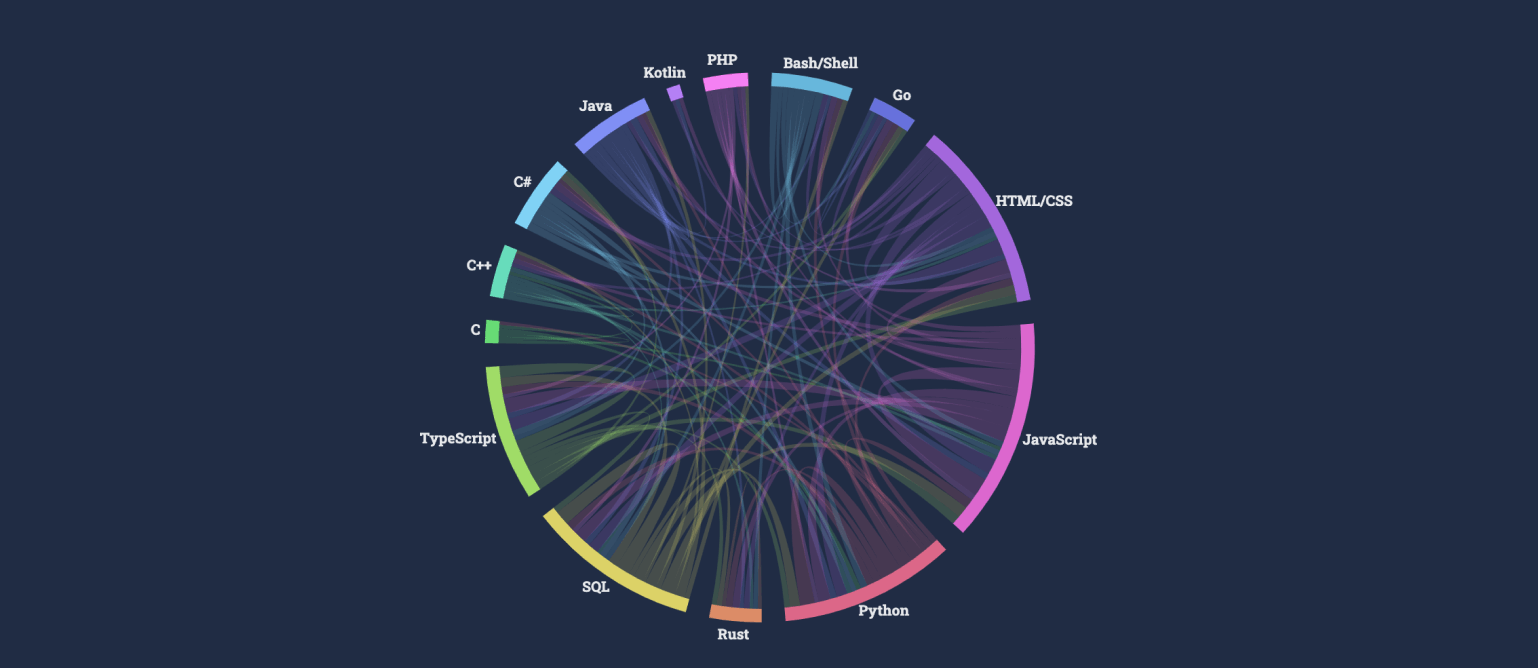
- Read the full article here.
- Created by: Stack Overflow.
- Contributed by: Harley Crispin.
The results are in! Stack Overflow’s annual developer survey is here with insights from over 73,000 developers. It covers a wide range of topics: from the most loved and loathed programming languages and how technologists learn to code, to the greatest impacts on developer productivity. The challenge identified by Stack Overflow is to continue expanding and improving their ability to help all developers, while making them feel welcome in the digital community. Read on for more great insights about the attitudes, tools, and environments that shape the art and practice of software development today.
3. The Goldilocks Rule: how to stay motivated in life and business.
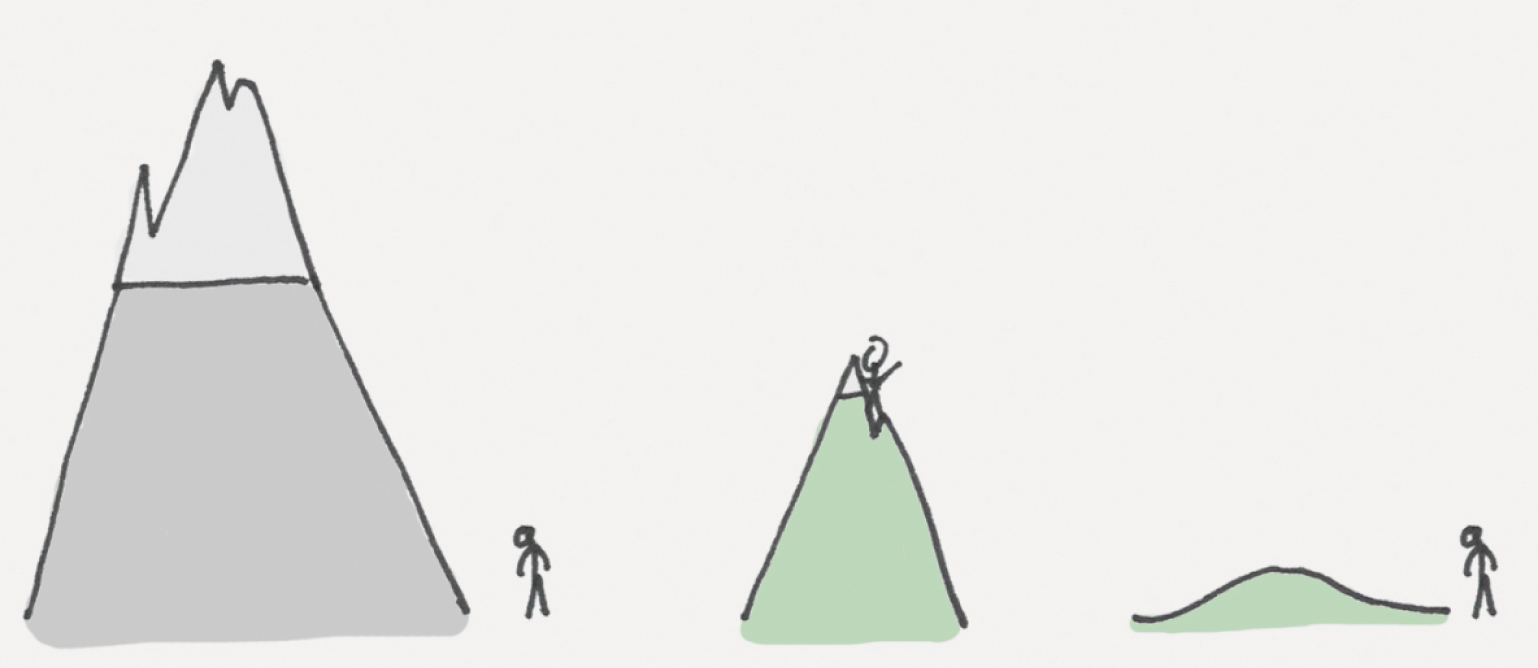
- Read the full article here.
- Created by: James Clear.
- Contributed by: Janine Dickins.
As humans, many of us want nothing more than to master a skill that is just beyond our current horizon. We can call this phenomenon The Goldilocks Rule. The Goldilocks Rule states that humans experience peak motivation when working on tasks that are right on the edge of their existing capabilities. Penned by James Clear—the author of the New York Times bestseller, Atomic Habits—this piece provides some helpful insights to stay motivated in life for the long-term.
4. Why culture/market fit is more important than product/market fit.

- Read the full article here.
- Written by: NOBL Collective.
- Contributed by: Zoe Warne.
Product/market fit is a term coined by Marc Andreessen and defined as ‘being in a good market with a product that can satisfy that market.’ Culture/market fit is similar, yet even more foundational. As a concept, it suggests that you should find yourself a healthy market, then develop a culture that can deliver product/market fit. The folks at NOBL Collective have uncovered there are four competing flavours of organisational culture, each with unique traits and competitive strengths.
5. Can AI design better streets for pedestrians? You be the judge.

- Read the full article here.
- Written by: Thomas Macaulay.
- Contributed by: Tim Hobday.
Imagine a world designed by artifical intelligence… Would it be safer, more colourful and less crowded? Or perhaps the complete opposite? The ‘Better Streets’ project is the brainchild of Zach Katz, a Brooklyn-based artist who hopes to foster advocacy for more liveable streets. So, the key question is: are the concepts better than the existing designs? You be the judge.
6. Designing for long-form articles.
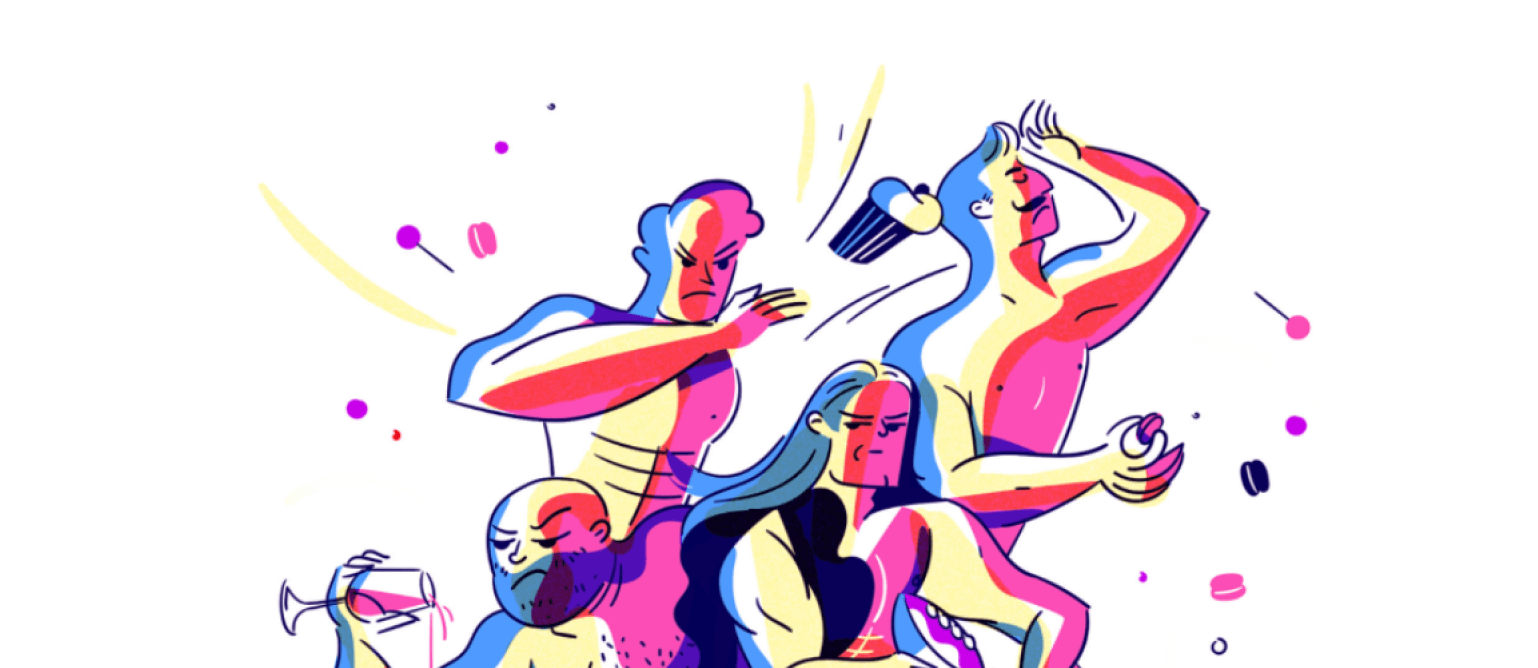
- Read the full article here.
- Written by: Daniel Schwarz.
- Contributed by: Elliott Grigg.
You know how some articles are just easier and more pleasant to read? Well, that’s no accident. In this piece, Daniel Schwarz points out a few design choices that create nice reading experiences for long-form content, along with a helpful roundup of practical examples. So sit back and settle into a long-form article–ironically–all about designing for long-form articles. It’s a relaxed and comfortable reading experience, exactly as it should be.
7. The 8 best tools to collect design inspiration for designers.
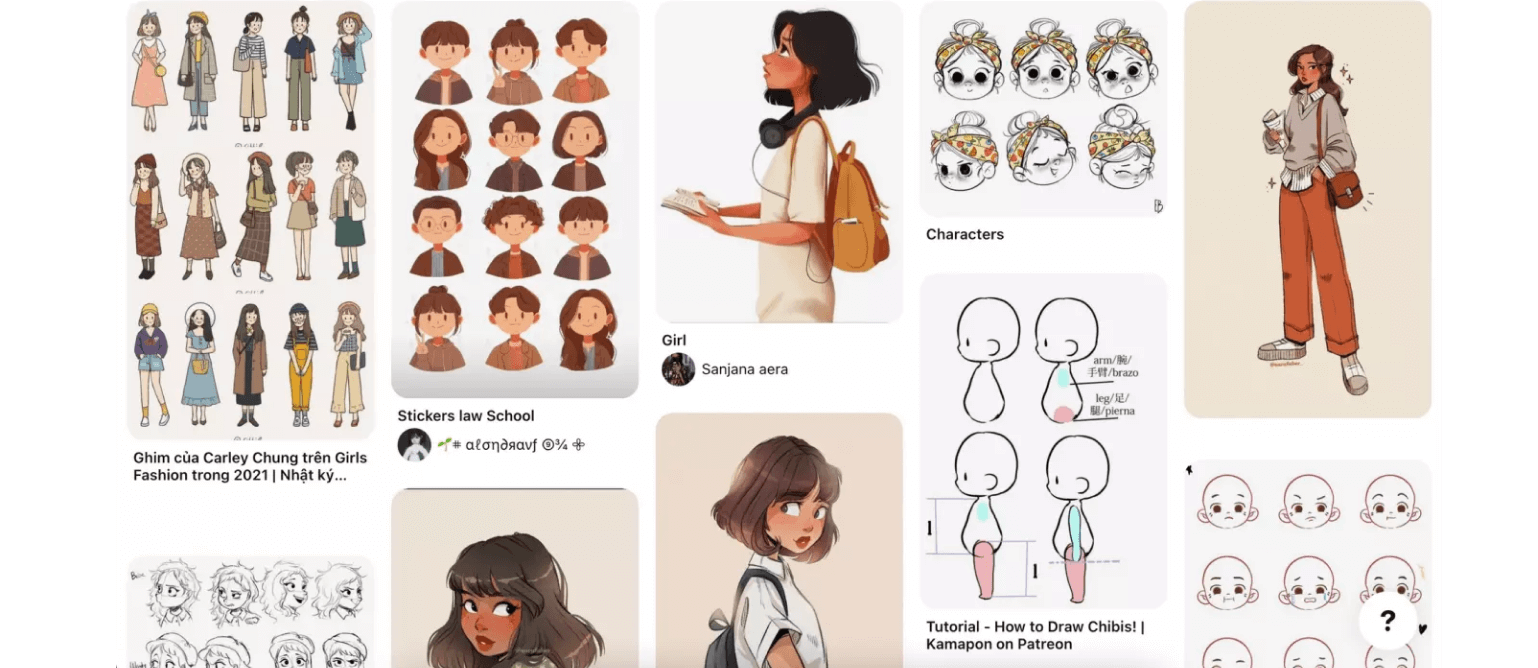
- Read the full article here.
- Written by: Angel Wang.
- Contributed by: Sam Donovan.
Looking for that next brilliant idea to help kick off a new project or inspire direction? With every project, collecting reference images and exploring inspiration is an essential aspect of building a direction or refining a style. Here, Angel Wang has curated a bunch of popular tools that help designers collect and organise design inspiration. Here’s hoping one of these might assist you in gathering a breadth of ideas more efficiently, allowing you to pursue and nail your next creative task.
8. Audio logos: what they are, why they work, and how to use them.

- Read the full article here.
- Written by: Rease Kirchner.
- Contributed by: Bridget Noonan.
Audio logos are more than just catchy riffs. Audio professional Adam Frick-Verdine says: ‘a great audio logo has those roots in reality or in some emotional element that makes it unmistakably the logo for that brand.’ Sounds complex right? In this article, Rease Kirchner helps to unpack what they are, why they’re so effective, and how you can get your own unique sound. So tune in!
More Articles
Up for some more?
Get your monthly fix of August happenings and our curated Super8 delivered straight to your inbox.
Thanks for signing up.
Stay tuned, the next one isn't far away.
Return to the blog.
